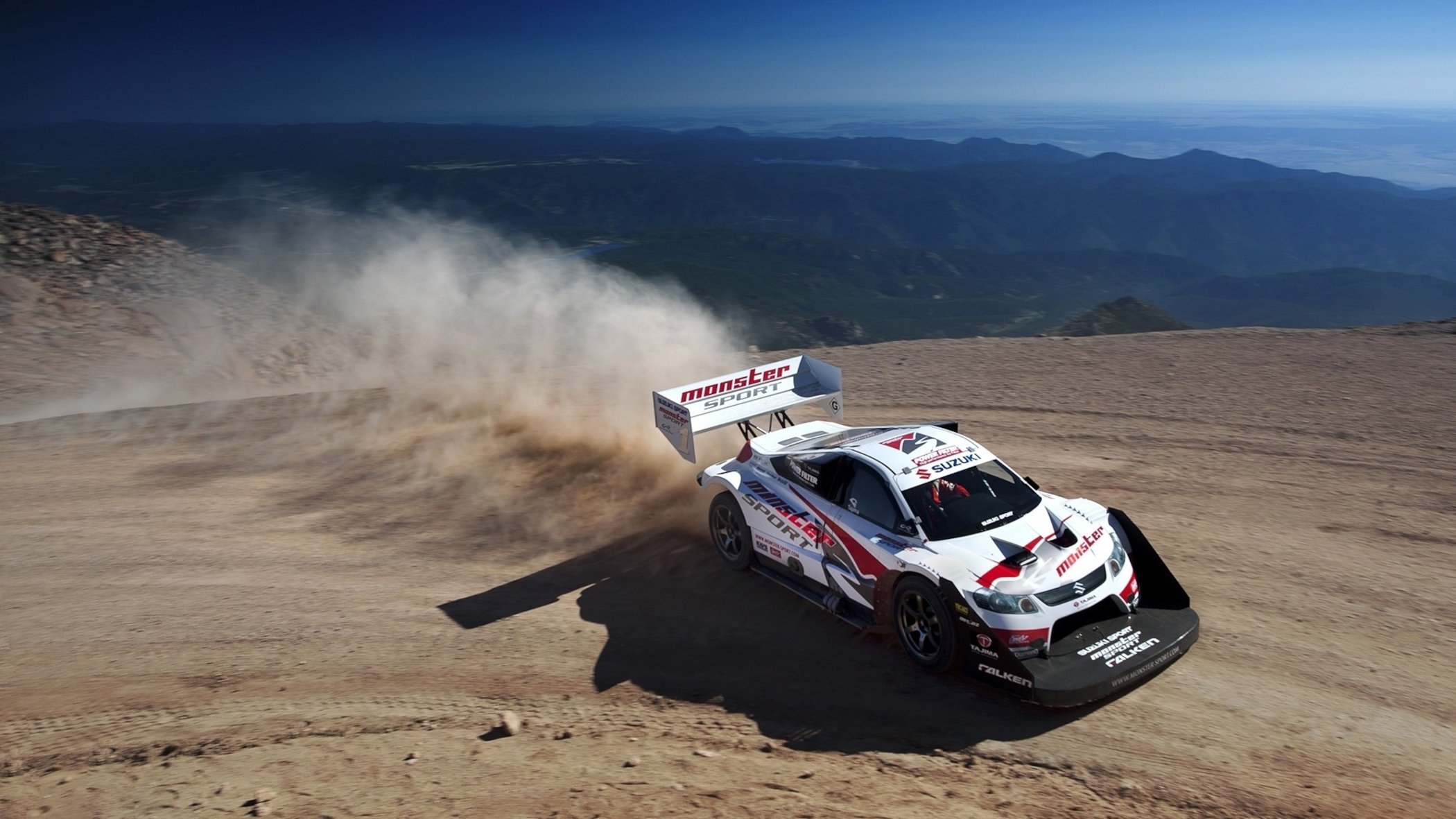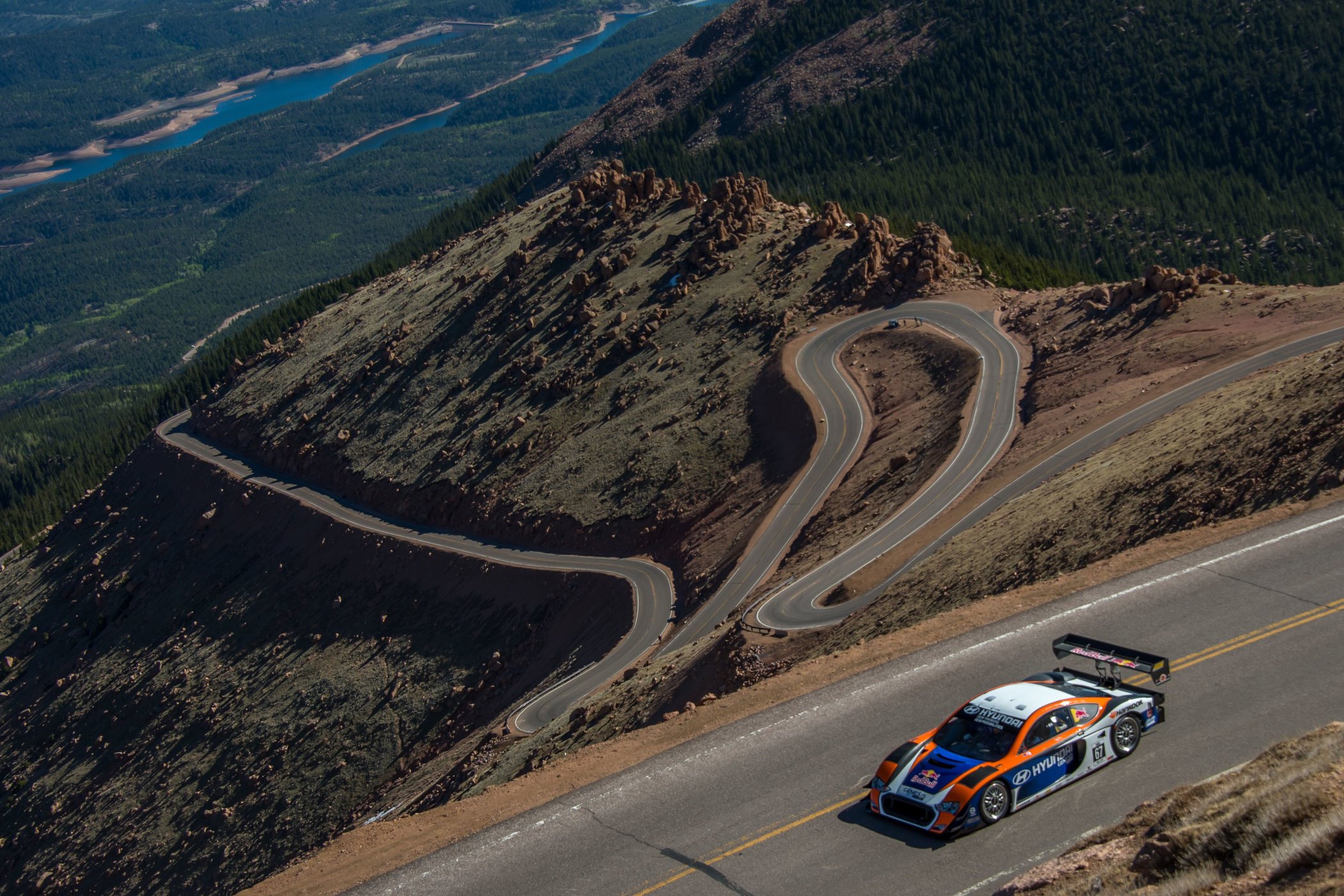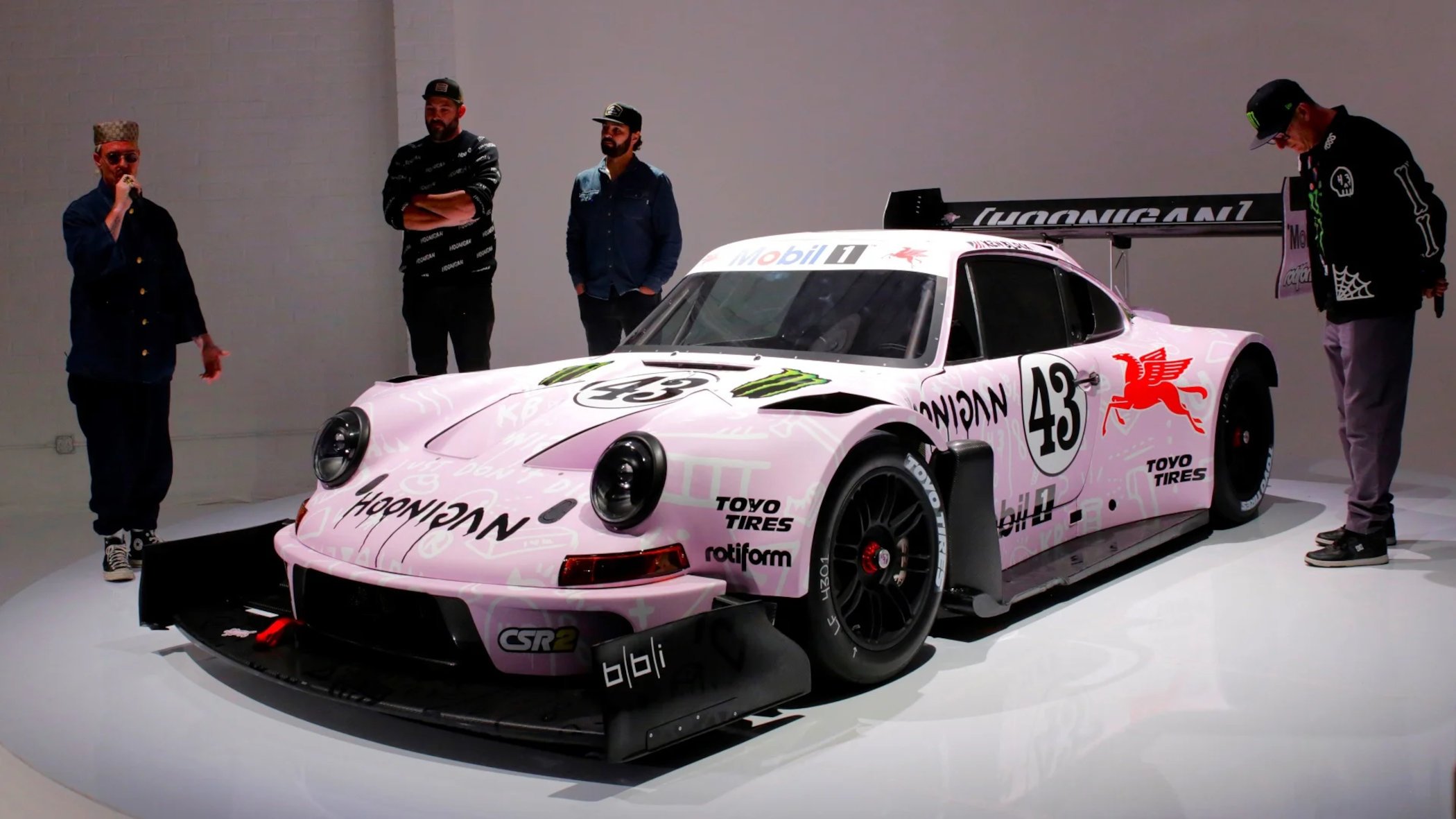Three Incredible Pikes Peak Hill Climb Stories
The legendary Race to the Clouds portrayed through three amazing stories.

Racing is all about being faster than everyone else, and it has been like that since the dawn of the car. Whether it’s simply racing from A to B, a multi-stage rally or a 24-hour endurance race, it always comes down to who’s best. It’s a cliché, but coming in second is often described as “best of the rest” or being the first loser. This fuel-driven desire to be the best has taken people to extremes, both on- and off-road. One of the most legendary events on the off-road calendar is the Pikes Peak Race to the Clouds, a hill climb event that sees drivers race to the highest summit in the southern parts of the Rocky Mountains. Initially, I wanted to include the seriously mental Hoonipigasus in this episode of The Petrolhead Corner, but considering Ken Block withdrew from the competition just weeks before the race due to technical issues with the car, changes had to be made. Nevertheless, here are three amazing stories to discover why the annual Pikes Peak hill climb is such an iconic race.
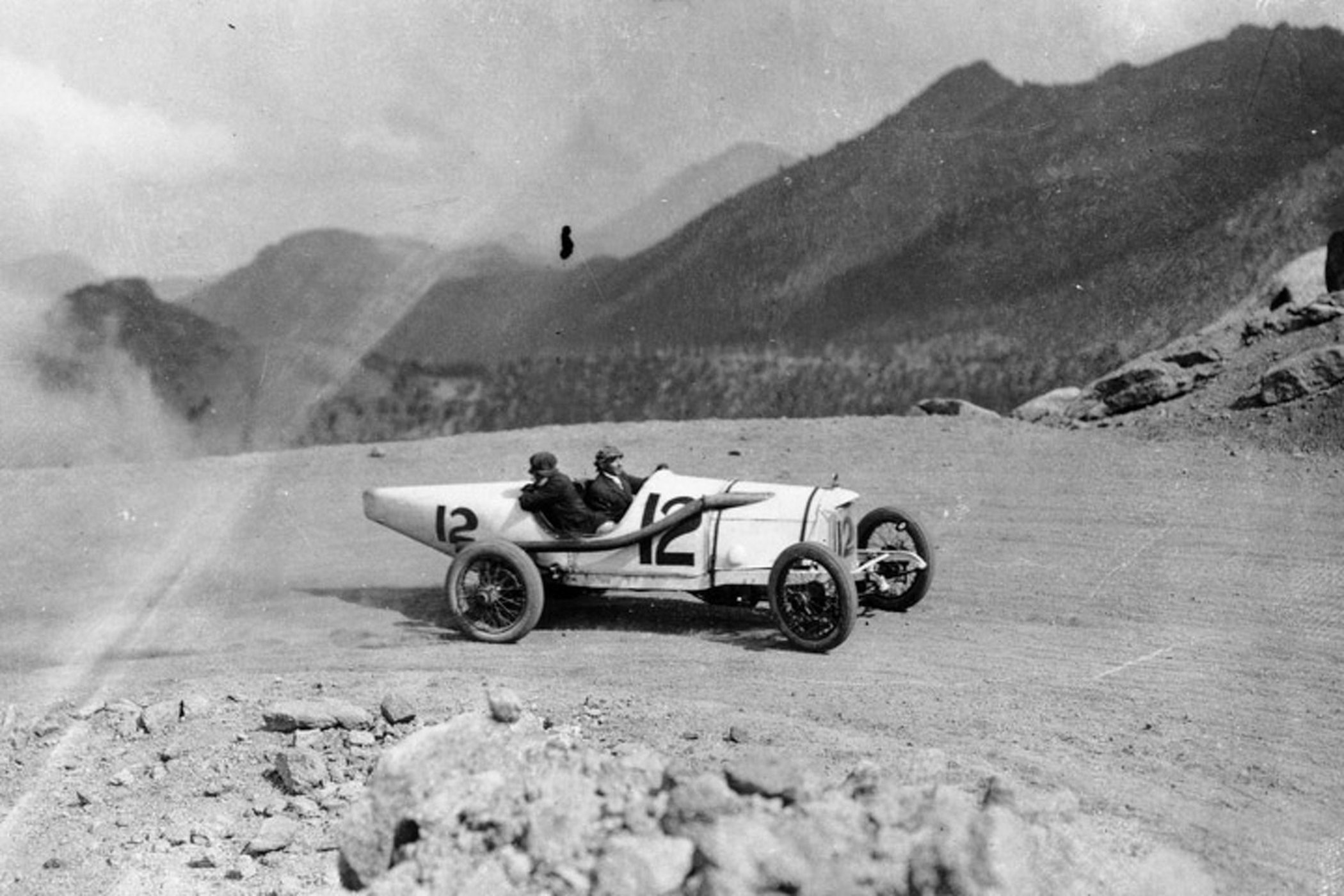
The first edition of the Pikes Peak hill climb event was held way back in 1916 when entrepreneur and philanthropist Spencer Penrose promoted a race to the top following his work to turn the carriage trail into the Pikes Peak Highway. But don’t mistake it for a nicely paved multi-lane highway we know nowadays, oh no. From bottom to top, the course was mainly on dirt roads with a few paved sections here and there. Gradually more and more sections were repaved with tarmac, and by now, the entire 20km course is basically a regular road. With 156 twists and turns, though.
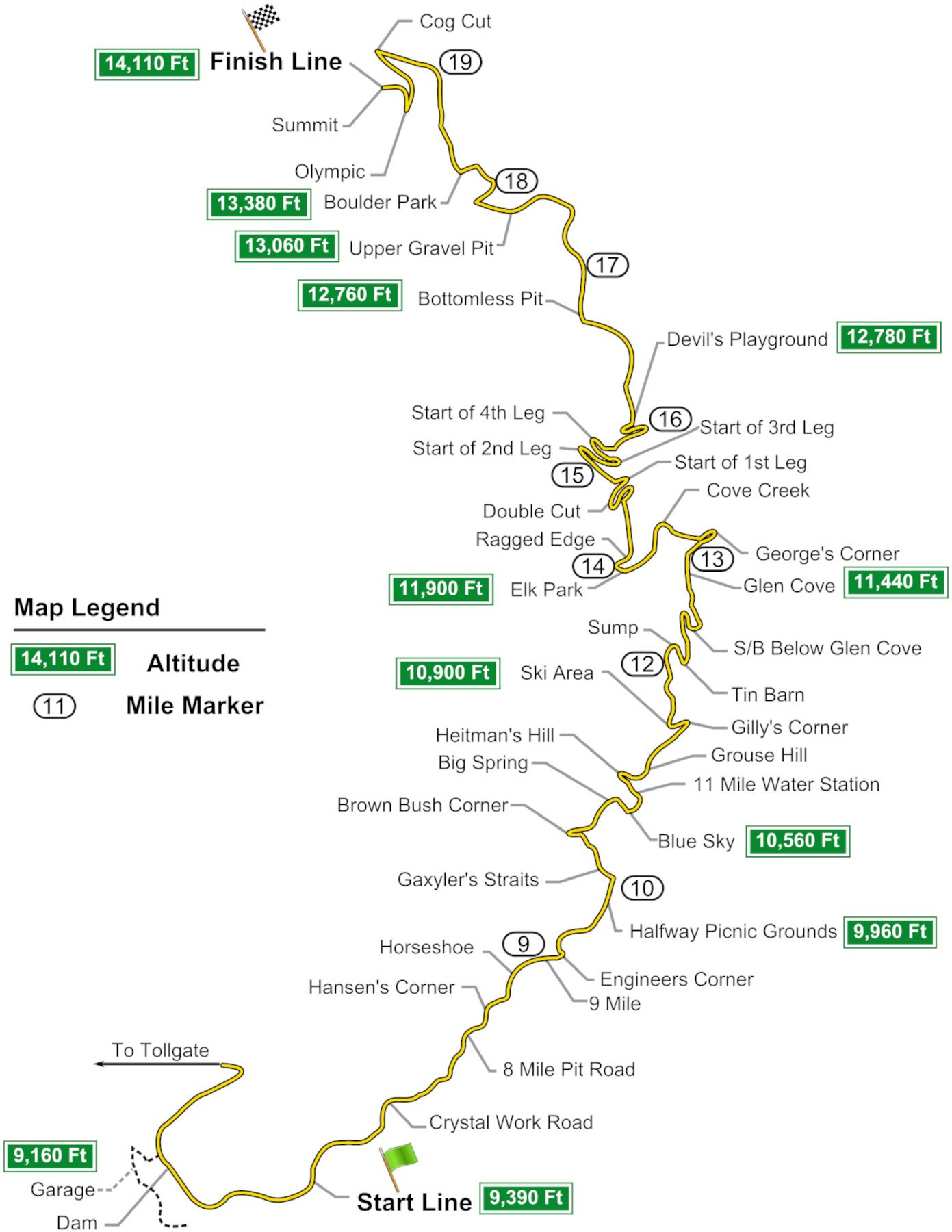
For the most part, the Pikes Peak International Hill Climb has been a multi-class event, with cars and bikes competing in separate categories in the first run. Later on, things would shift into more and different categories, including stock cars, open-wheelers, turbine-driven cars, hybrid power, and in more recent years, full electric race cars. And perhaps the most intriguing class of all is the Unlimited class, where you can pretty much race with anything you want, as long as it meets the safety restrictions.
One of the biggest challenges is the fact you start at 1,440m above sea level and race to the finish at 4,302m. The entire course is about 20km in length and features a total of 156 corners. The decline in air density and oxygen levels means a car’s engine loses about 10% of its power with every 1,000m gained in altitude. So given the fact the course has 3km of elevation between the start and finish, you lose about 30% to 35% of power during the climb. Even electric motors are impacted by the reduced air density at altitude, mainly causing cooling issues when this is not addressed in the car’s build.
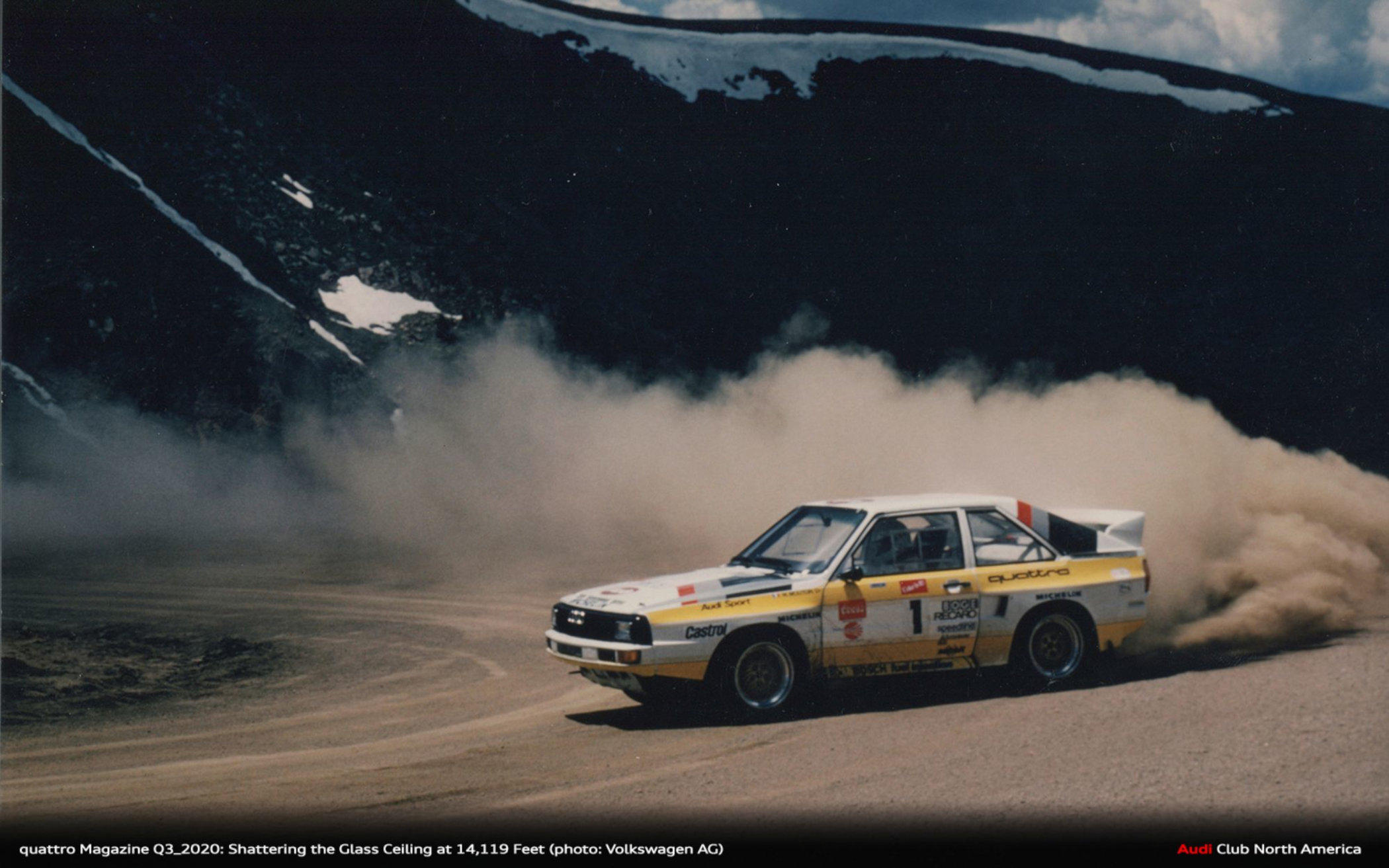
Over the years, many legends were created at Pikes Peak. The American Unser family, through brothers Louis, Bobby and Al Unser and other family members, won the event outright a monumental 25 times. But it’s not just limited to American entries as multiple rally and racing legends Walter Röhrl, Sebastien Loeb, Rod Millen, and others have taken wins at the legendary event.
1988/1989 – Ari Vatanen in “Climb Dance”
For sure, one of the most well-known editions of the Pikes Peak International Hill Climb is the 1988 edition, primarily for the short film that was released of Ari Vatanen’s run in his Peugeot 405 Turbo 16. Three years after the first non-US driver won the event (French female ace rally driver Michelle Mouton, with the legendary Audi Sport Quattro S1), Ari Vatanen took the overall victory.
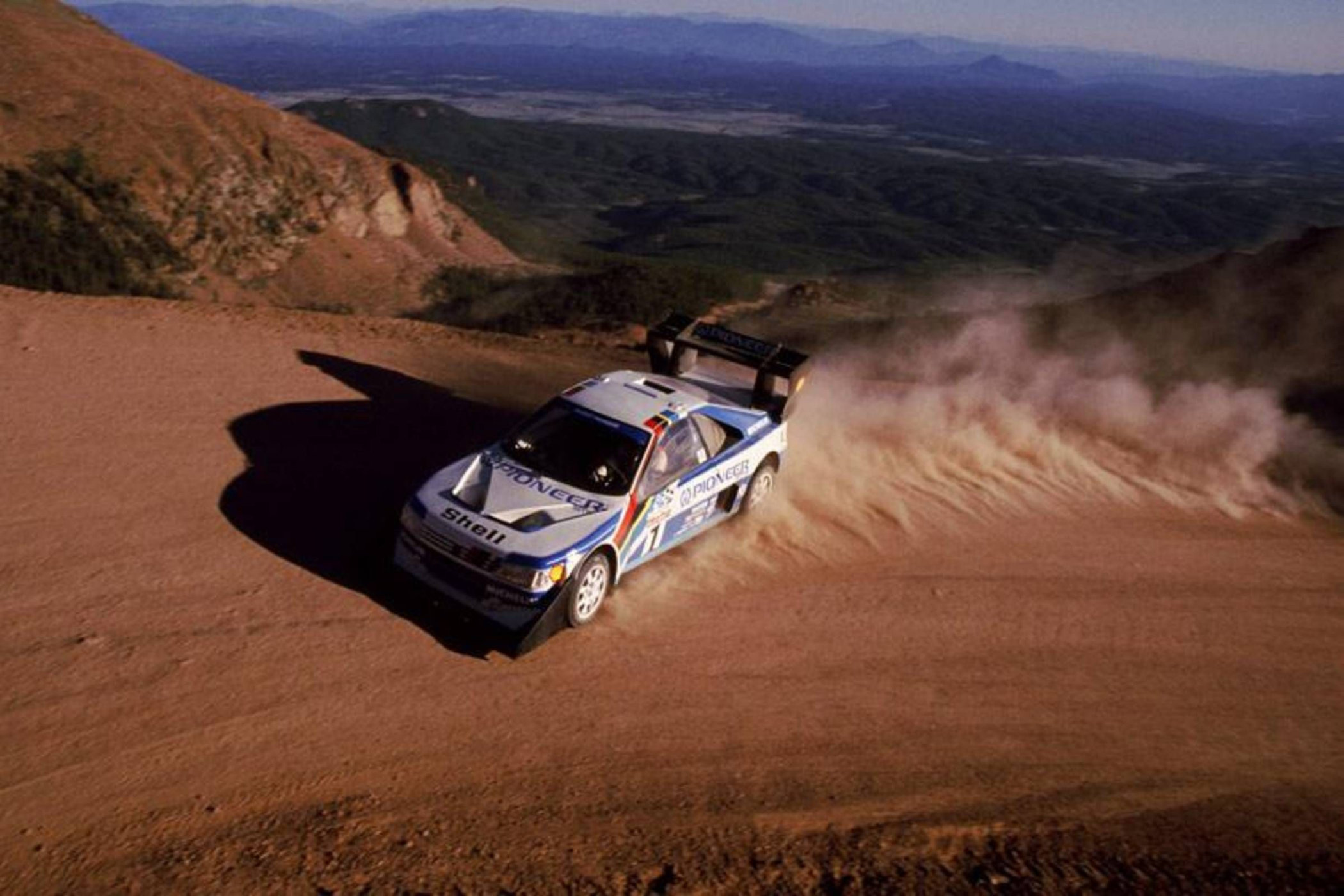
The award-winning video, released in 1989 and directed by Jean-Louis Mourey, is aptly named Climb Dance and sees Vatanen piloting his 600+ horsepower Peugeot up the mountain during the 1988 race. He set a new course record of 10 minutes and 47.220 seconds in the process, beating Walter Röhrl’s 1987 record by just 0.63 seconds. I’m not going to ramble on too much, as it is best just to sit back and enjoy the clip below and be amazed at the one-handed transition as the sun sets over the edge of the mountain.
1995/1996 – Nobuhiro “Monster” Tamija and His Suzuki Escudo
While the Pikes Peak International Hill Climb gave birth to many icons, few are of the magnitude of Nobuhiro “Monster” Tamija. He participated in Suzuki’s rally programme for years and was the very first and only Japanese driver to win the Pikes Peak race. His first attempt was in 1989, and by 1993 he won the Unlimited class in a twin-engine Suzuki Cultus (or Swift in most markets). In 1995 he would line up in a 900 horsepower and 900 kilogram Suzuki Escudo, again with two engines. He won the event outright, and it shot Nobuhiro’s reputation into the stratosphere. This clip shows Nobuhiro in the dual-engine Suzuki taking on New Zealander Rod Millen in his specially prepared Toyota Celica:
In the following years, the updated Suzuki Escudo V6 would come in second three more times before “Monster” Tajima landed a streak of victories from 2006 until 2011. In the 2011 edition, he also became the first-ever driver to complete the now three-quarter paved course within 10 minutes. The car and driver would also become somewhat of a gaming legend, as the Gran Turismo franchise on Sony’s Playstation console features the 1998 Suzuki V6 Escudo Pikes Peak car in several iterations of the game.
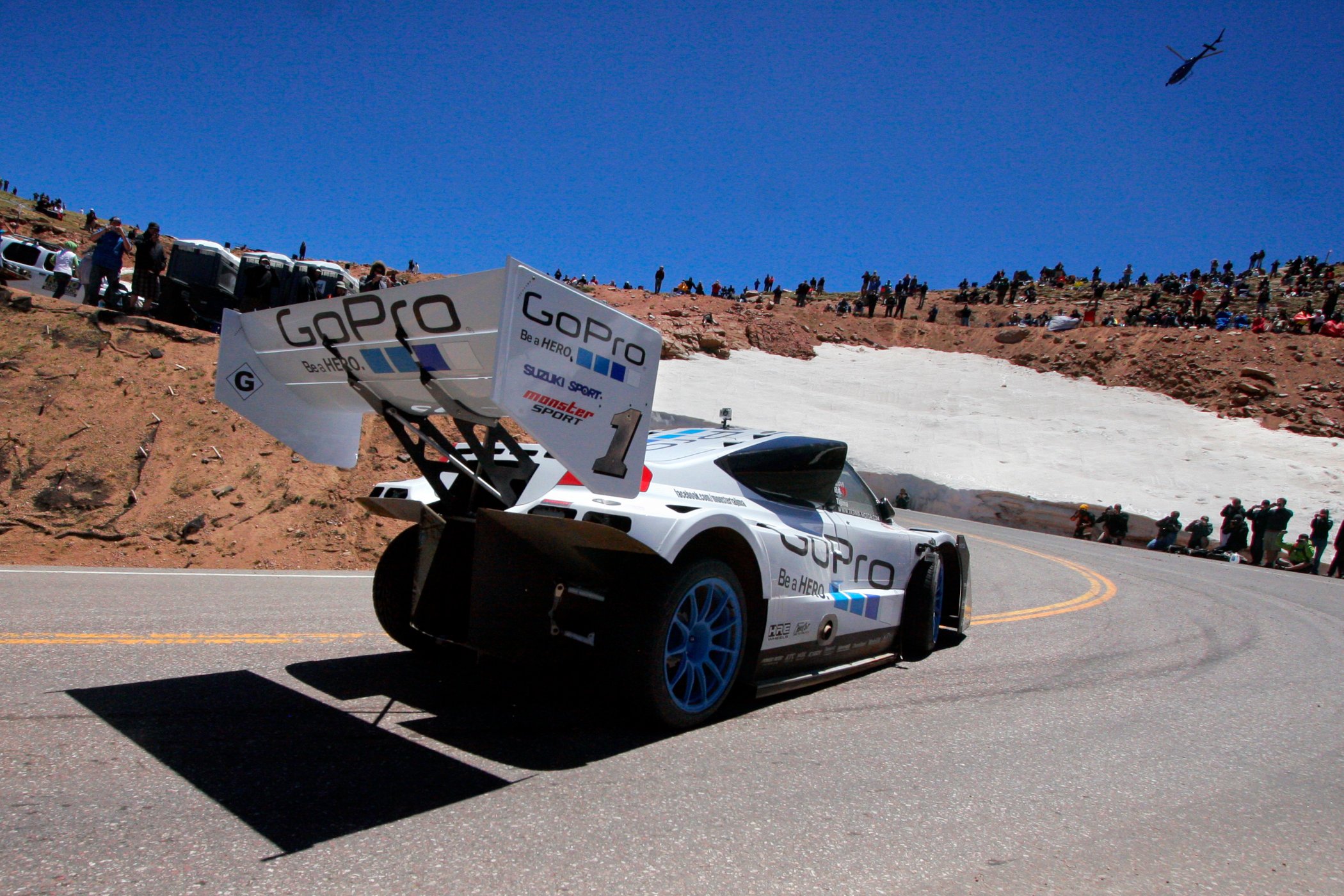
2018 – Romain Dumas in the Volkswagen I.D. R
As with many classes in racing, the rise of the electric powertrain has also found its way to the Pikes Peak International hill Climb. The first-ever full-electric car to be blasted up the hill was Joe Ball’s Sears Electric Car in 1981, which set a time of 34 minutes and 7.410 seconds. By 1994 that time had dropped to 15 minutes and 44.710 seconds at the hands of Katy Endicott. In 2013 Nobuhiro “Monster” Tamija once again broke the 10-minute barrier, this time in the electric E-Runner Pikes Peak Special. While all of these outings were record-breaking runs for electric vehicles, it wasn’t until 2018 that the overall record time for the Pikes Peak crouse was broken by battery power.
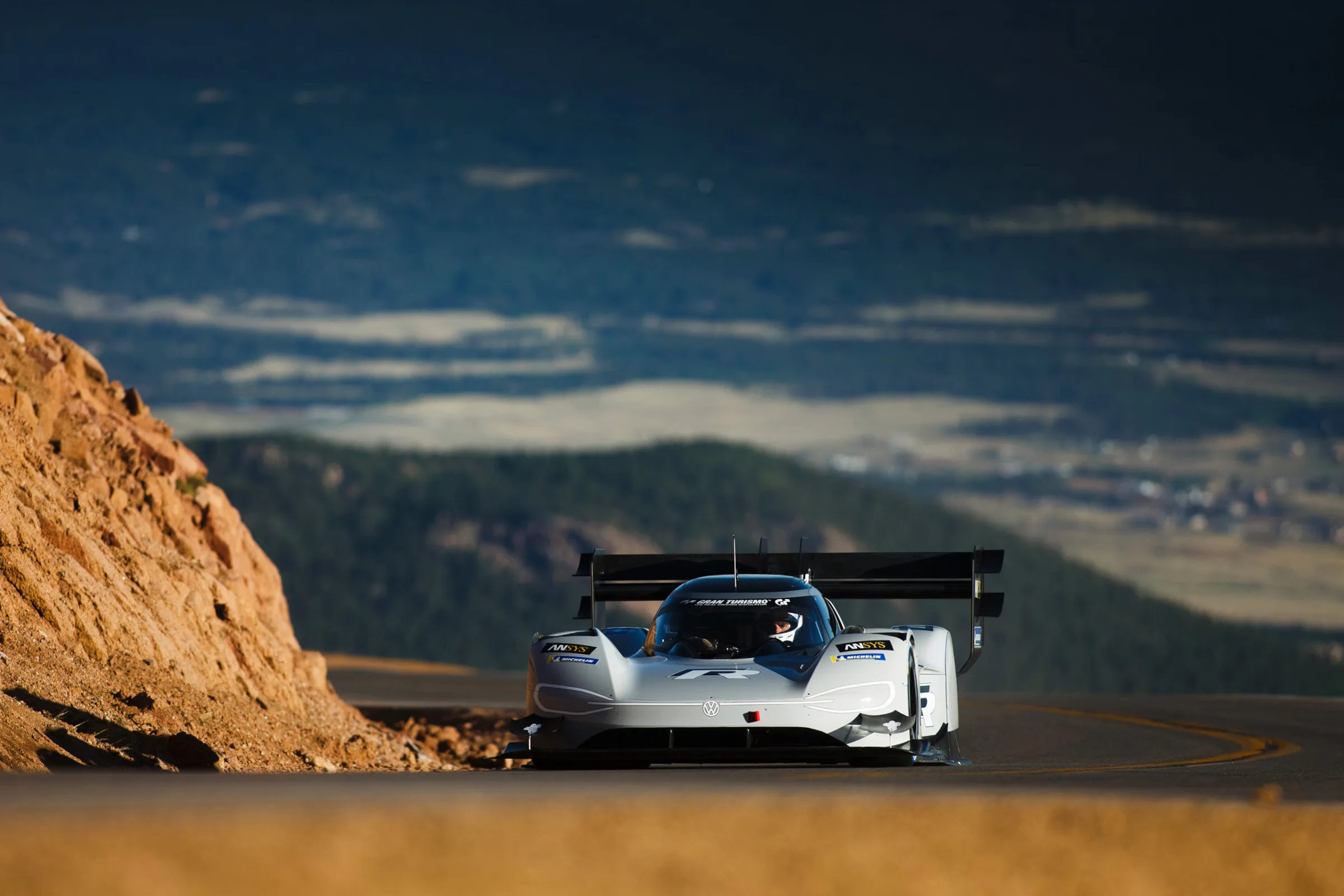
The 2018 Volkswagen I.D. R absolutely smashed all previous records as Romain Dumas pushed it to a time of 7 minutes and 57,148 seconds, almost a minute-and-a-half faster than any other current class record. The Volkswagen I.D. R is basically a factory testbed for future technology, much as the 718 Cayman GT4 ePerformance is for Porsche. It uses twin-electric motors, one per axle, with a combined power output of 680 horsepower. This is much less than cars in other classes can have, but the benefit of electric power is the instant availability and monstrous torque levels. The car was also fitted with extensive aerodynamic features to stick it to the ground in corners. And while it doesn’t sound impressive going up the mountain, it sure looks mental from an onboard perspective.
2023 – Ken Block’s Hoonipigasus (Bonus)
Just for the fun of it, and since that same car is what sparked this episode of The Petrolhead Corner, let’s take a brief look at the Hoonipigasus. I know it’s a funny name, but it’s derived from Ken Block’s Hoonigan Racing Division and the legendary Pink Pig Porsche 917. This wild-looking Porsche-based racer produces a mental 1,400 horsepower from a twin-turbo 4.0-litre flat-6 engine taken from a 2016 Porsche 911 GT3 R race car. It would have been an awesome sight to this monster racing to the clouds, but it wasn’t to be.
During a test session with the car, a valve caused a problem in one of the cylinders, which resulted in a blown engine. The damage was to such an extent it couldn’t be repaired, tested, broken in and prepped in time for the event anymore. This stuff happens with highly tuned racing machines, and the team already stated they will be there for the 101st running of the Pikes Peak International Hill Climb!
Editorial Note: the portrayed images are sourced from CarThrottle.com, Autoweek.com, EatSleepRide.com, Audi Club North America, Wikimedia.commons, Wired.com and Road&Track.com.

